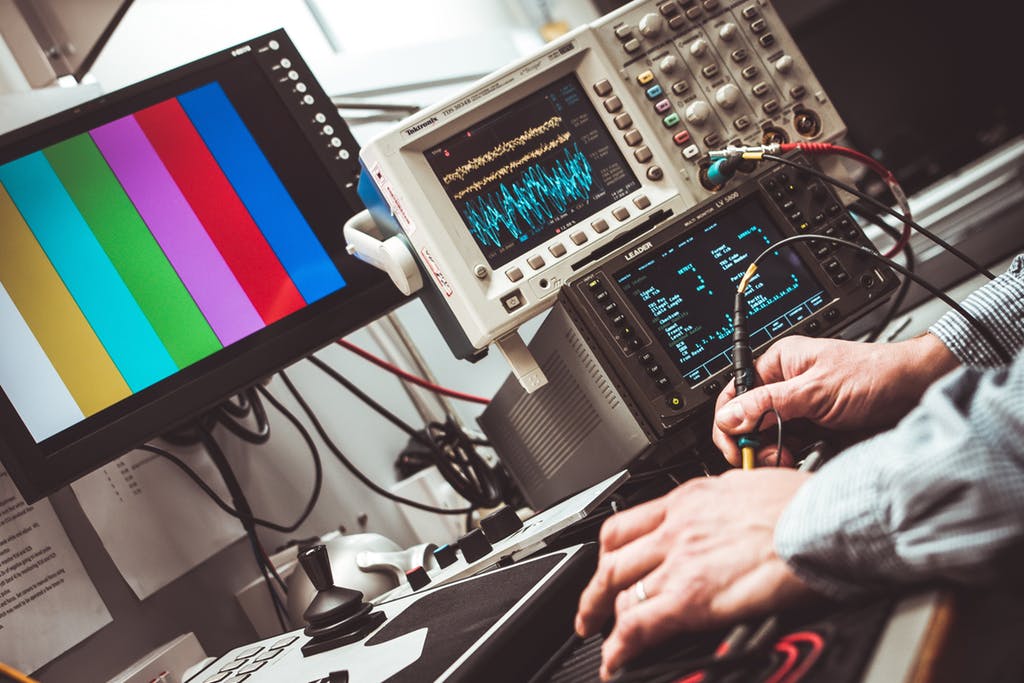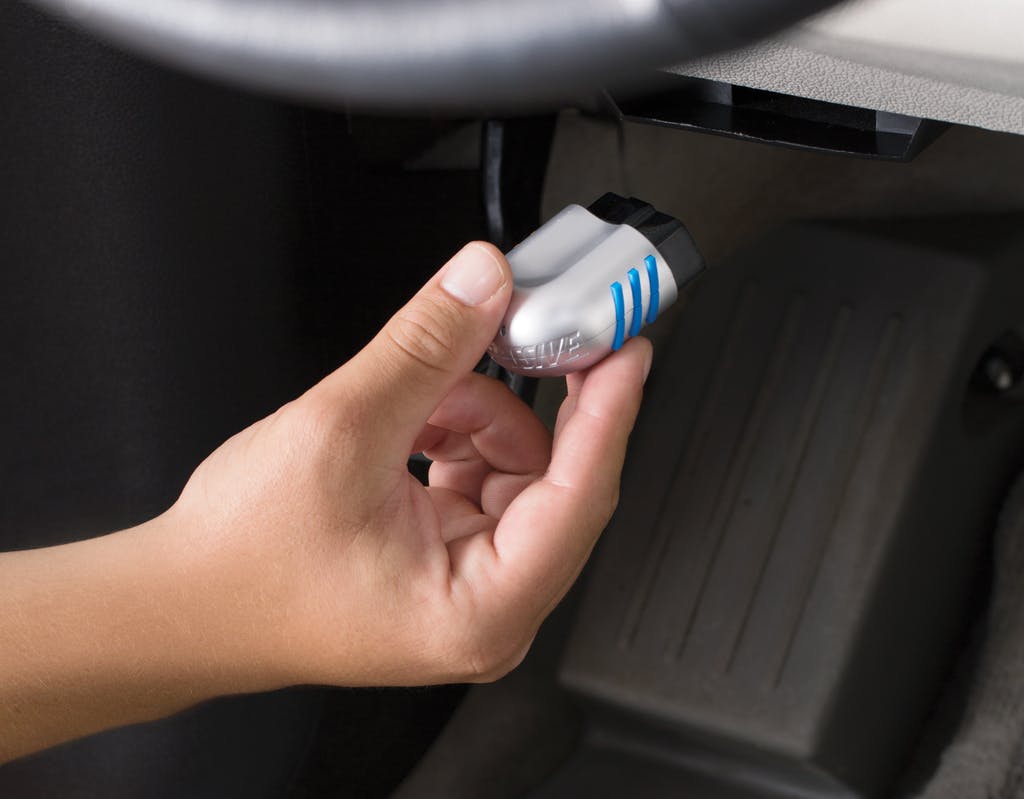Today’s cars and trucks are literally rolling beds of technology, and the portal to their inner workings is something called an onboard diagnostic system, or OBD for short. All vehicles built within the last two decades have one, and it’s accessed via a port that’s usually situated behind a latch or within a small compartment beneath the dashboard on the driver’s side. Sometimes, it resides in a vehicle’s glove box.
When the “check engine” warning illuminates on your car’s instrument panel or the vehicle is otherwise suffering mechanical issues, a technician can plug an electronic Automotive diagnostic tool into the port to determine what’s wrong. You can do it yourself with the proper device if you’re handy. If not, the myCarfax mobile phone app, available as a free download for OSX and Android phones, can help you find a nearby service shop if you need help diagnosing an issue.
The Car Scanner was the auto industry’s first stab at vehicle diagnostics. It was developed because of a need to regulate tailpipe emissions and largely was enabled by the widespread use of fuel injection systems controlled by onboard computer modules. California gave the system a big push by mandating that all cars sold within the state be equipped with a basic OBD function back in 1991. OBD-I was used in vehicles manufactured before 1996. The onboard diagnostics standard was subsequently upgraded and renamed OBD-II, and has been used in all models sold in the United States since 1996.
Original OBD-I System with Computers
The original OBD-I system wasn’t standard across the industry, and automakers developed their own proprietary diagnostic systems. That meant a technician had to use a different scanner depending on the brand, so a tool that worked on a Chevrolet vehicle couldn’t be used on a Honda, for example. The OBD-II standard, on the other hand, utilizes a universal 16-pin connector and interface that allows the same scan tool to work on all makes and models. While OBD-I required a technician to physically plug a scan tool into the diagnostic port, OBD-II supports wireless operation, via a Wi-Fi or Bluetooth adapter.
OBD-I provided only rudimentary information. This was limited to checking a car’s emissions system, monitoring the engine’s performance and providing limited warning alerts when something went awry.
OBD-II took a big step further by tapping into a car’s electronic control unit to provide detailed information about what specifically ails it. What’s known as freeze-frame data is captured and stored in memory at the moment when a fault is detected. The second-generation diagnostic system also can monitor and provide pertinent vehicle data on a real-time basis. This includes information on engine performance, battery condition, oil and coolant temperature, and fuel pressure, among other systems. It also can be utilized to perform a smog check or emissions test.
A simple OBD scanner, such as the inexpensive units sold at auto parts stores, will display alphanumeric trouble codes to pinpoint engine problems and other issues. A code that starts with the letter P, for example, means it applies to the vehicle’s powertrain. A series of four or five numbers that follow are used to decipher the actual problem. Lists of error codes for specific makes and models are readily available on the Internet and via mobile phone apps. More complex OBD-II code readers will spell out the car’s mechanical issues and can additionally provide performance information on a graphical basis.
Beyond Diagnostics
OBD-II System Scanner
An OBD-II port can be tapped to accomplish much more than diagnosing a vehicle’s mechanical maladies.
A number of aftermarket accessories use a car’s OBD-II system to obtain pertinent vehicle information. They can either plug in directly or operate via a wireless adapter and a smartphone. These include analysis tools to provide detailed performance data on a real-time basis and to actively monitor vehicle health, altering the driver when, as an example, the battery’s charge is running precipitously low. A driver can tap the port to keep track of and help maximize a car’s fuel economy.
Other OBD-II-enabled accessories include head-up displays that project vehicle speed and other information onto a car’s windshield in the driver’s line of sight, and those that can turn a vehicle into a rolling Wi-Fi hot spot for Internet connectivity.
You can plug in OBD-II devices that equip a car with various telematics services. For example, Verizon Wireless sells a subscription-based system called Hum that can, among other functions, detect airbag deployment and call for emergency assistance, transmit a stolen car’s location to law enforcement, and send alerts when the car is driven beyond set boundaries.
Automotive tinkerers can even use specific car diagnostic scanner to remap or reprogram a car’s engine management software to wring additional horsepower out of a particular model.
The interface is further being leveraged by auto insurance companies to monitor the motoring habits of its customers via a device that plugs into the OBD-II port. The idea is to reward safe and sane driving via discounted premiums. On the other hand, those who habitually make jackrabbit starts, brake suddenly and exceed the speed limits would see their rates go in the opposite direction.
OBD Cybersecurity Issues
Keyboard Highlighted by Blue Light
Security experts warn that you should be cautious if you’re installing an aftermarket device into your car’s OBD-II port. That’s because the interface can be used as a gateway for hackers to illegally obtain data or otherwise manipulate the vehicle’s functions.
The FBI says vehicle owners should check with the security and privacy policies of a device’s manufacturer and service provider before installing any third-party device to the OBD-II port. Never connect an unknown or untrusted device, and only purchase devices from reputable sources. Be especially wary of those sold secondhand or via an Internet classified listing service.


